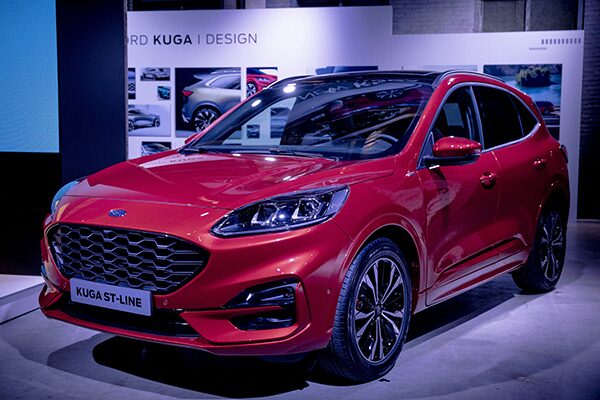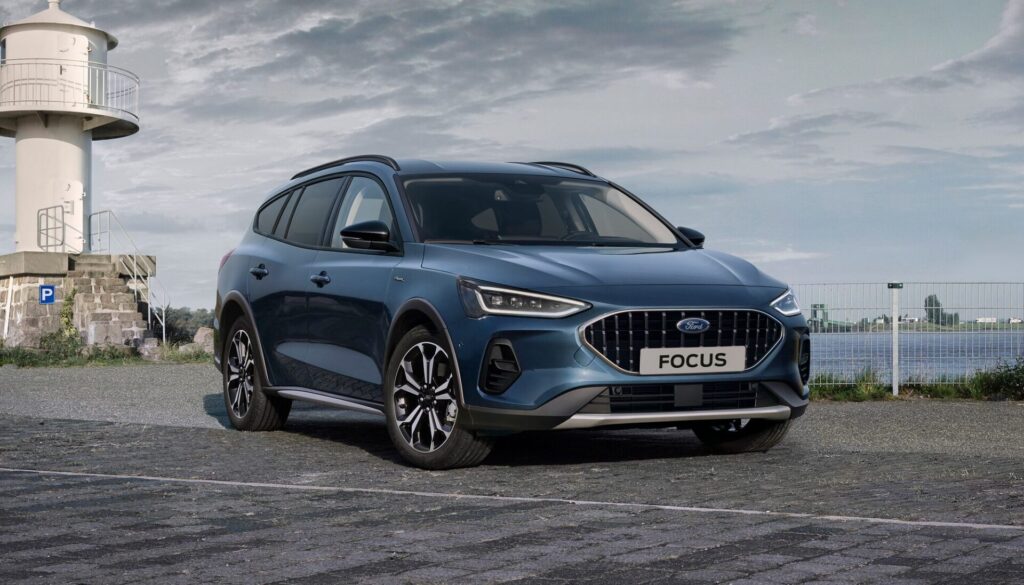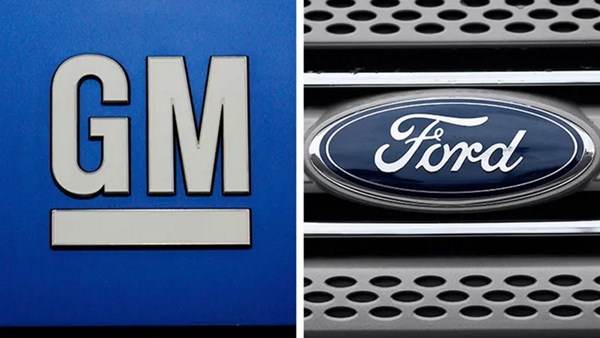American automakers Ford and General Motors (GM) have divergent views on the role of hybrid vehicles in the automotive industry’s future. Ford’s CEO, Jim Farley, rejects the notion that hybrids are merely a transitional technology, while GM’s CEO, Mary Barra, sees fully electric vehicles as the ultimate goal.
Diverging Views on Hybrids
The debate between Ford and GM reflects a broader industry split on how to approach hybrid vehicles. Companies like Toyota, which has achieved strong sales with its hybrid models, emphasize hybrids due to slower-than-expected demand for electric vehicles (EVs).

Ford’s Stance
Ford’s CEO, Jim Farley, has argued that hybrids should not be seen as a temporary solution. Last year, Farley announced a strategic shift, delaying over $12 billion in electric vehicle investments to focus more on hybrids. He stated:
“We need to stop talking about hybrids as a transitional technology. Most of our hybrids in the US are now more profitable than their non-hybrid equivalents.”
Farley believes that even if plug-in hybrids are phased out, extended-range hybrids will be crucial for the industry’s future. He highlights the profitability and consumer demand for hybrids as key factors in this strategy.

GM’s Perspective
On the other hand, GM’s CEO, Mary Barra, maintains that hybrids do not represent the “end game” because they are not zero-emission vehicles. Despite this, GM announced at the beginning of the year that it would introduce plug-in hybrid models in North America by 2027. Barra’s long-term vision remains focused on transitioning to fully electric vehicles:
“Hybrids are not the end game because they are not zero-emission vehicles. We are committed to an all-electric future.”
Industry Implications
This disagreement between Ford and GM underscores a broader uncertainty in the automotive industry regarding the best path forward. The differences in strategy reflect varying expectations about consumer adoption rates of electric vehicles and the economic and infrastructural challenges associated with a full transition to EVs.

Profitability and Market Dynamics
- Ford’s Profitability with Hybrids: Farley’s remarks on the profitability of hybrids highlight the financial viability of these vehicles in the current market. Hybrids offer a balanced approach, providing improved fuel efficiency without the range anxiety associated with fully electric vehicles.
- GM’s Long-Term Electric Vision: Barra’s commitment to an all-electric future aligns with global trends toward reducing carbon emissions and promoting sustainable energy sources. However, the decision to introduce plug-in hybrids in the interim suggests a pragmatic approach to gradually shift consumer habits and infrastructure readiness.

Conclusion
The contrasting views of Ford and GM on the future of hybrid vehicles highlight the complexities and uncertainties in the automotive industry’s transition to sustainable transportation. Ford’s focus on hybrids as a profitable and immediate solution contrasts with GM’s long-term vision of a fully electric future, reflecting different strategies to navigate the evolving market dynamics and consumer preferences.
As the industry progresses, the success of these differing approaches will depend on technological advancements, regulatory environments, and consumer acceptance of new vehicle technologies.

